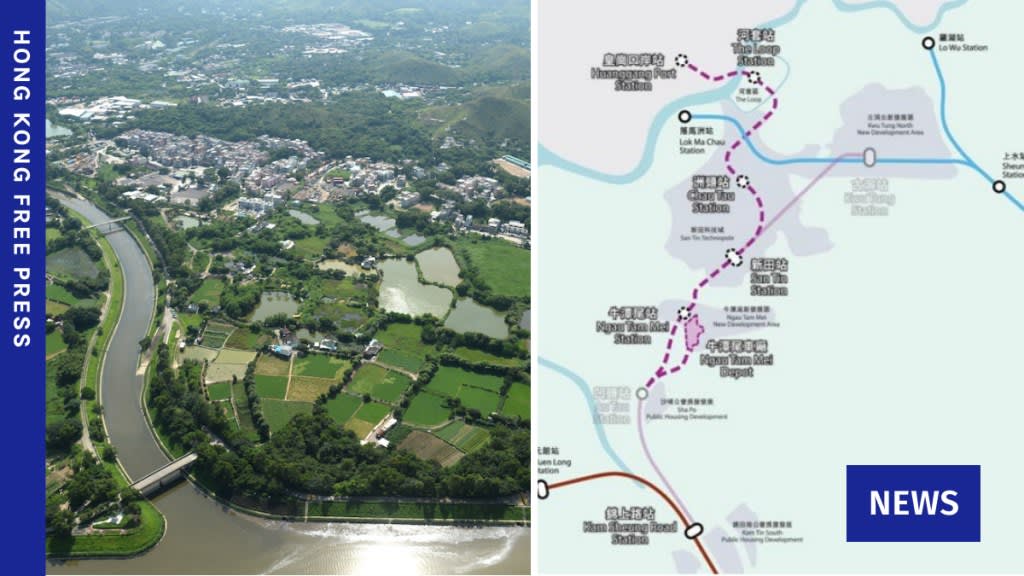Introduction to the Northern Link Project
The Hong Kong government has announced a significant shift in its approach to infrastructure development by adopting mainland Chinese standards for the construction of the new Northern Link mass transit lines. This decision is aimed at expediting the project and reducing overall costs. Andy Yau, director of the Highways Department, revealed this change during a press conference, highlighting that the new standards will integrate elements from mainland China’s rail construction practices.
Benefits of the New Standards
According to Yau, the implementation of these new standards is expected to lower costs by approximately 20 to 30 percent. This financial efficiency is anticipated to be achieved through streamlined processes and reduced expenditures on materials and labor. The adoption of these standards is also expected to enhance the efficiency of Hong Kong’s construction process for rail lines. As a result, the Major Line and the Spur Line of the Northern Link are projected to be operational no later than 2034, which is two to four years ahead of the original schedule.
Legal Considerations
Importantly, there is no need for amendments to Hong Kong laws to introduce the new standards. Yau emphasized that the national Chinese standards for rail lines meet the safety requirements of Hong Kong’s fire services, electrical, and building regulations. This alignment ensures that the project can proceed without legal complications, facilitating a smoother transition to the new construction methodologies.
Overview of the Northern Link Project
The Northern Link is a collaborative effort between the Hong Kong government and the MTR Corporation (MTRC). It is envisioned as a critical transportation backbone for the proposed Northern Metropolis, a large-scale development project designed to accommodate over 900,000 homes for approximately 2.5 million people near the border with mainland China.
Key Components of the Transportation System
The transportation system comprises two main lines:
-
Main Line: This line will feature two terminals and interchange stations at Kwu Tung and Kam Sheung Road. These stations will connect to the East Rail Line and Tuen Ma Line, respectively. Additionally, there will be three intermediate stations located at San Tin, Ngau Tam Mei, and Au Tau.
-
Spur Line: This line will link San Tin Station to Huanggang Port in Shenzhen, enhancing connectivity between Hong Kong and the mainland.
Originally, the Main Line was scheduled to be completed by 2034, while the Spur Line was expected to be operational between 2036 and 2038. However, the new standards are expected to expedite these timelines significantly.
Government Involvement and Concerns
The development of the Northern Metropolis has garnered attention from high-ranking officials. Xia Baolong, director of the Hong Kong and Macau Affairs Office, along with several Hong Kong government officials, visited a tech park in the Northern Metropolis in February. This visit underscored the government’s commitment to the project’s success.
Hong Kong Chief Executive John Lee expressed his concerns about the development of the Northern Metropolis during a session at LegCo. He described himself as “burning with anxiety” regarding the project’s progress. Following Xia’s five-day visit to Hong Kong in June, Lee indicated that the top Chinese official’s speeches had provided a clear direction for the city’s future. He also pledged to accelerate the development of the Northern Metropolis, reflecting a heightened sense of urgency among local authorities.







